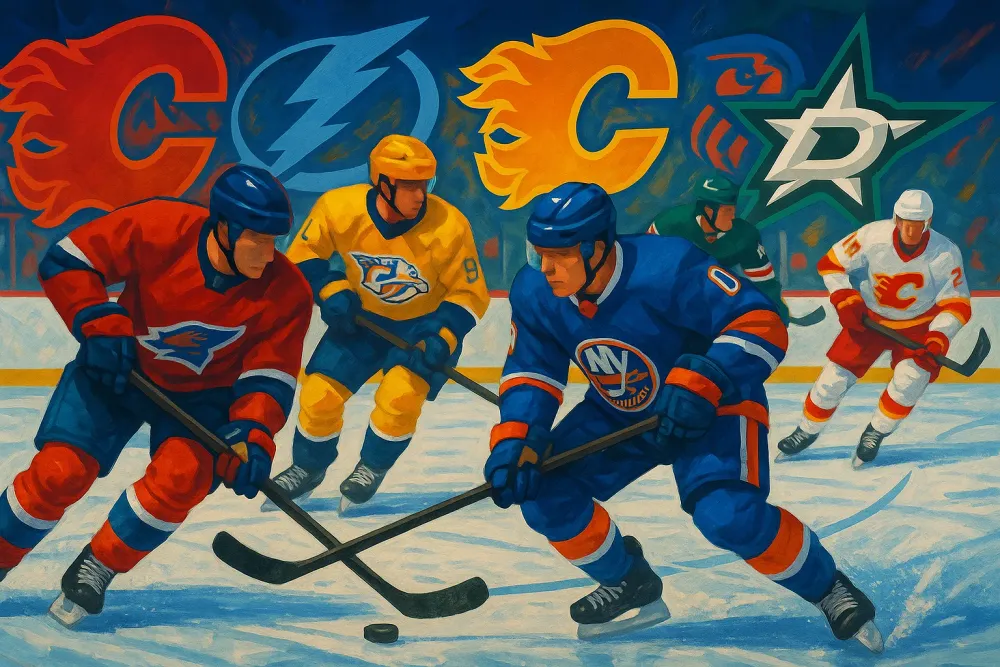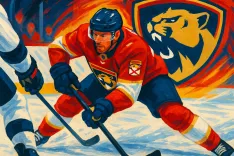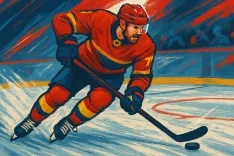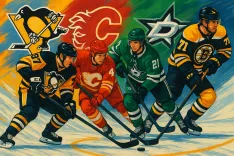Analyzing the NHL's Toughest Contracts Ahead of the 2025-26 Season

The Importance of Smart Spending in the NHL
As the NHL looks ahead to a rising salary cap in the upcoming seasons, teams must still exercise caution in their financial commitments. This is especially true for Stanley Cup contenders, where each contract carries an opportunity cost. A dollar allocated to one player cannot be utilized elsewhere, and accumulating bad contracts can lead to significant roster issues over time.
The Worst Contracts by Team
Every team faces unique challenges, and several franchises are currently burdened with particularly regrettable contracts going into the 2025-26 season:
Anaheim Ducks
The Ducks' decision to sign Mikael Granlund to a three-year, $21 million deal raises eyebrows. At 33, Granlund's strong recent production came from top line minutes on a subpar team, and translating that success into a new role could prove difficult.
Boston Bruins
For the Bruins, Tanner Jeannot's $3.5 million cap hit over five years seems like an overreaction to add grit alongside their rivals. As a fourth-line forward, his scoring potential does not justify such a long-term commitment.
Buffalo Sabres
Rasmus Samuelsson’s seven-year, $30 million extension was once seen as a potential bargain, but his stagnated development raises questions about whether his contract is justified for the Sabres.
Calgary Flames
Jonathan Huberdeau, once an MVP-caliber player in Florida, has seen his offensive numbers drop significantly since joining the Flames. His $10.5 million contract now looms large given the lack of defensive impact.
Carolina Hurricanes
Though not a bad player, Jesperi Kotkaniemi’s $4.8 million cap hit felt long for the level of offensive contribution he provides, highlighting how relatively strong teams still feel the pinch of contract evaluations.
Chicago Blackhawks
The Blackhawks have steered clear of major contract pitfalls, but Tyler Bertuzzi’s $5.5 million cap hit as a 30-year-old with 45 points could signal a potential overreach.
Edmonton Oilers
With Darnell Nurse’s eight-year, $74 million deal not yielding the top-pair defense expected, the Oilers find themselves grappling with a hefty cap hit that could impede their postseason ambitions.
Detroit Red Wings
Ben Chiarot's long-term contract at over $4 million annually stands out as a glaring example of misjudgment in evaluations, given his limited effectiveness on the ice.
New Jersey Devils
Pavel Zacha's performance has not matched expectations for a $6 million cap hit, as injuries and ineffectiveness have plagued his contributions to the team.
Florida Panthers
Brad Marchand's five-year deal at $5.25 million carries risk as the veteran enters his late 30s, raising concerns about long-term production given previous signs of decline.
Los Angeles Kings
Signing Cody Ceci and Brian Dumoulin to long-term deals over $4 million each raises alarms about the demand for third-pairing defensive players in roles that should have been filled more cap-friendily.
Pittsburgh Penguins
With Joonas Kuokkanen’s contract being inflexible at $4.5 million per season over the next four years, the Penguins face challenges in maximizing their roster flexibility.
Toronto Maple Leafs
Michael Bunting’s $3.75 million contract appears high for a player that has not scored sufficiently in recent playoffs, highlighting a potential misalignment of value in critical moments.
Vancouver Canucks
Elias Pettersson’s contract sparked early optimism, but his dwindling performance raises concerns over whether he can reclaim past form to justify his $11 million annually.
New York Islanders
Adam Pelech’s $5.75 million cap hit lays in a tenuous spot should his past injuries and decline continue to detract from his previous contributions.
Winnipeg Jets
Mark Scheifele's six-year commitment poses potential issues as age affects his offensive output, which may not balance out with his broader game.
In conclusion, as teams maneuver through salary cap restrictions, each contract will carry implications not just for individual players but for overall team strategy and success. The stakes are high for every decision made as the 2025-26 NHL season approaches.









